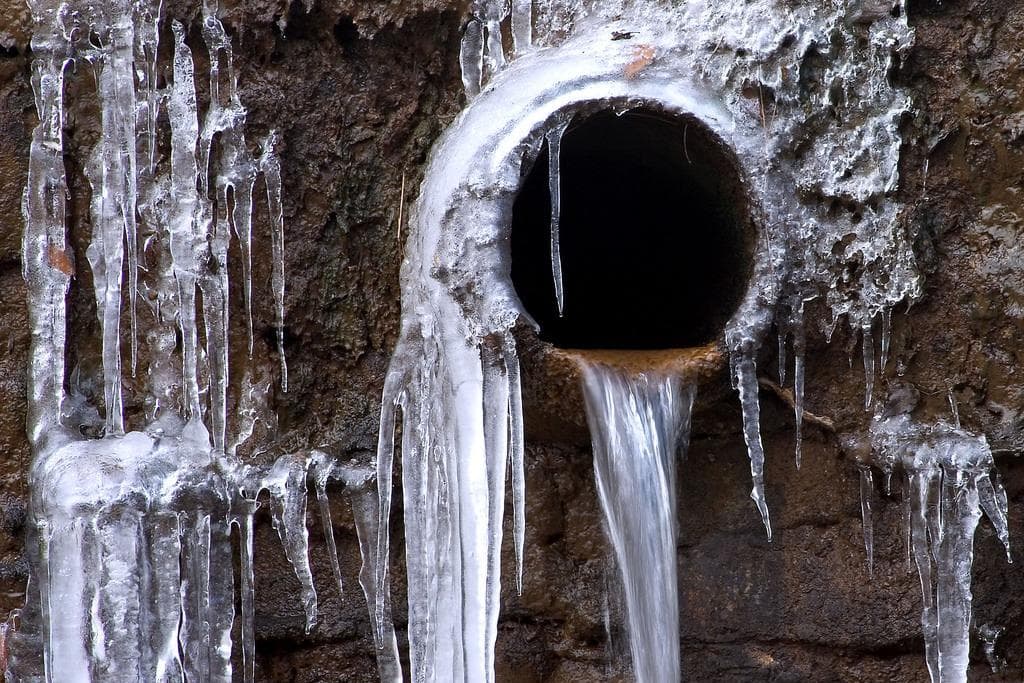How to Protect Plumbing System from Cold Weather: Critical Strategies
How to Protect Plumbing System from Cold Weather: Critical Strategies
Blog Article
Nearly everybody is bound to have their own individual assumption about How To Avoid Freezing Pipes.

Winter can wreak havoc on your plumbing, especially by freezing pipes. Here's how to stop it from taking place and what to do if it does.
Intro
As temperature levels decrease, the risk of frozen pipes rises, possibly resulting in expensive repairs and water damages. Comprehending exactly how to prevent icy pipes is essential for home owners in chilly climates.
Recognizing Frozen Pipelines
What triggers pipelines to freeze?
Pipelines freeze when revealed to temperatures listed below 32 ° F (0 ° C) for extended durations. As water inside the pipes freezes, it increases, putting pressure on the pipeline walls and potentially creating them to break.
Dangers and problems
Frozen pipelines can bring about water supply disturbances, home damages, and costly repair services. Burst pipelines can flooding homes and create substantial architectural damages.
Signs of Frozen Piping
Identifying frozen pipelines early can stop them from rupturing.
Exactly how to determine frozen pipes
Look for lowered water circulation from faucets, unusual odors or sounds from pipes, and visible frost on revealed pipelines.
Prevention Tips
Insulating at risk pipelines
Wrap pipelines in insulation sleeves or utilize heat tape to shield them from freezing temperature levels. Focus on pipelines in unheated or exterior locations of the home.
Heating strategies
Keep indoor spaces adequately heated up, specifically areas with plumbing. Open cupboard doors to enable warm air to circulate around pipelines under sinks.
Protecting Exterior Pipes
Garden hose pipes and outdoor taps
Separate and drain garden tubes prior to wintertime. Install frost-proof faucets or cover outside faucets with shielded caps.
What to Do If Your Pipelines Freeze
Immediate actions to take
If you believe frozen pipes, keep faucets open up to ease pressure as the ice melts. Use a hairdryer or towels soaked in hot water to thaw pipes slowly.
Long-Term Solutions
Structural changes
Take into consideration rerouting pipelines far from outside walls or unheated locations. Add added insulation to attic rooms, cellars, and crawl spaces.
Upgrading insulation
Invest in premium insulation for pipelines, attic rooms, and walls. Proper insulation helps preserve constant temperatures and lowers the threat of frozen pipes.
Final thought
Stopping icy pipelines calls for proactive steps and quick reactions. By comprehending the causes, indications, and safety nets, house owners can secure their pipes during cold weather.
6 Proven Ways to Prevent Frozen Pipes and Protect Your Home
Disconnect and Drain Garden Hoses
Before winter arrives, start by disconnecting your garden hoses and draining any remaining water. Close the shut-off valves that supply outdoor hose bibs and leave the outdoor faucet open to allow any residual water to drain. For extra protection, consider using faucet covers throughout the colder months. It’s also important to drain water from any sprinkler supply lines following the manufacturer’s directions.
Insulate Exposed Pipes
Insulating your pipes is an effective way to prevent freezing. Pipe insulation is readily available at home improvement stores and is relatively inexpensive. Pay close attention to pipes in unheated areas such as the attic, basement, crawl spaces, or garage. Apply foam insulation generously to create a buffer against the cold. You can also wrap your pipes in heat tape or thermostat-controlled heat cables for added warmth.
Seal Air Leaks
Inspect your home for any cracks or openings that could let in cold air. Seal any holes around the piping in interior or exterior walls, as well as the sill plates where your home rests on its foundation. Additionally, make sure to keep your garage door closed unless you’re entering or exiting. Leaving it open creates a significant air leak that can lead to frozen pipes.
Allow Warm Air Circulation
During cold snaps, it’s essential to allow warm air to circulate evenly throughout your home. Leave interior doors ajar to promote better airflow. Open kitchen and bathroom cabinets to help distribute heat consistently around the rooms. If you have small children or pets, be sure to remove any household chemicals or potentially harmful cleaners from open cabinets for safety.
Let Faucets Drip
A small trickle of water can make a big difference in preventing ice formation inside your pipes. When temperatures drop significantly, start a drip of water from all faucets served by exposed pipes. This continuous flow helps prevent the water from freezing. Additionally, running a few faucets slightly can relieve pressure inside the pipes, reducing the chances of a rupture if the water inside does freeze.
https://choateshvac.com/6-proven-ways-to-prevent-frozen-pipes-and-protect-your-home/

I found that page on How to prepare your home plumbing for winter weather when surfing around the web. Those who enjoyed our article if you please do not forget to share it. Bless you for being here. Please come by our site back soon.
Book 24/7 Report this page